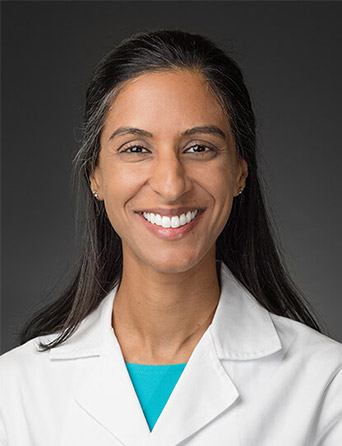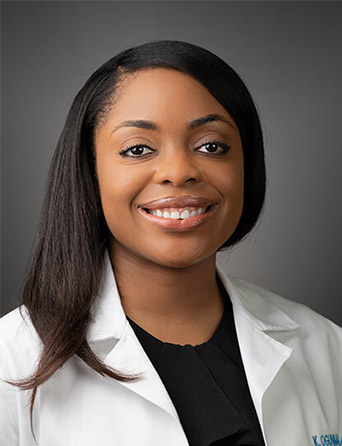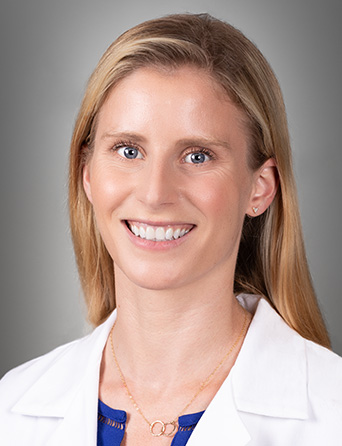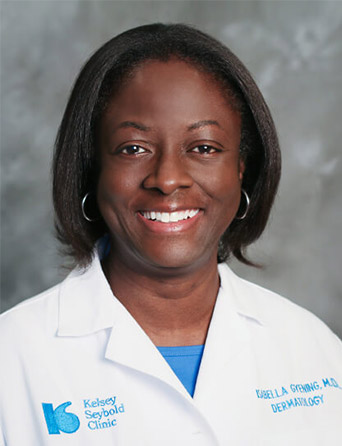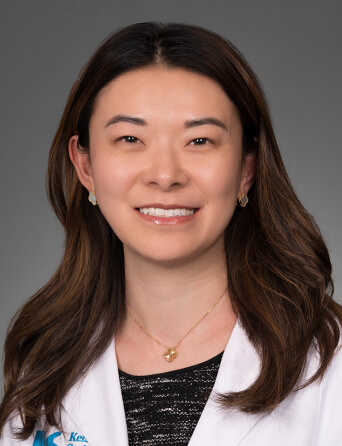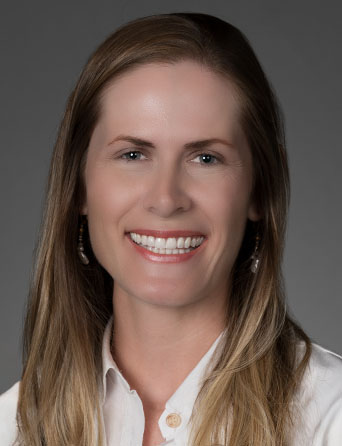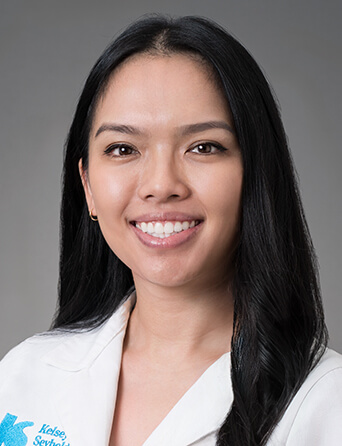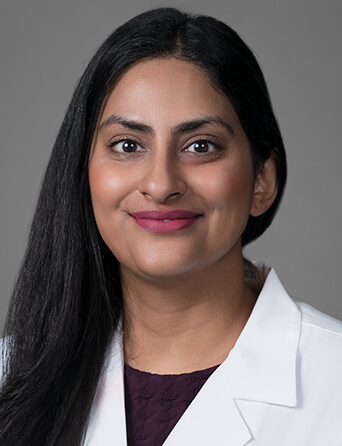Join Our eNewsletter!
Subscribe to our monthly newsletter to receive encouraging advice to help you lead a healthy lifestyle.
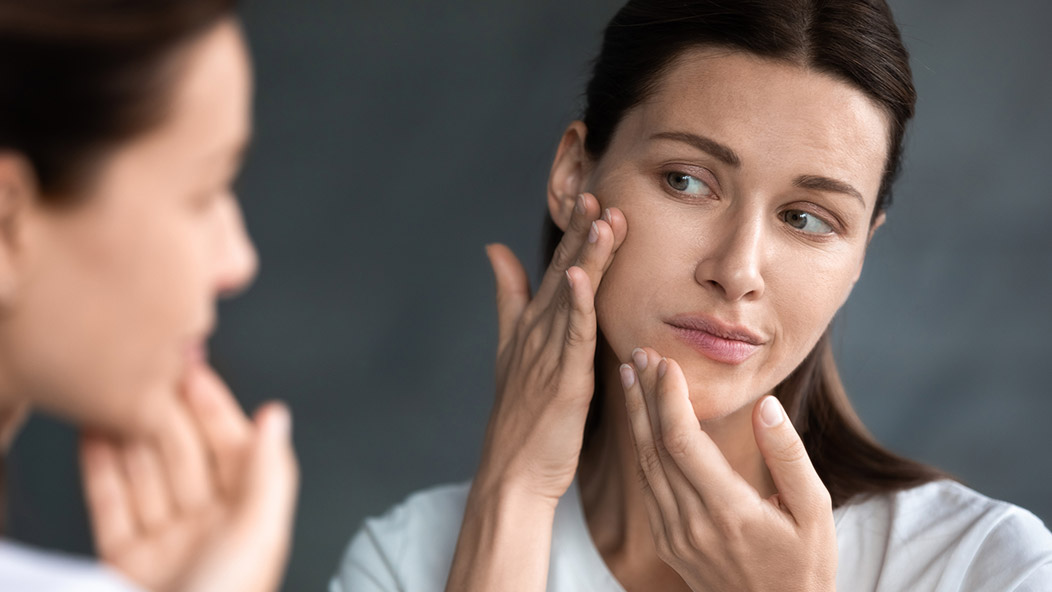
The Latest Strategies in the Fight Against Acne at Any Age
We asked Dr. Lana Hawayek, a board-certified dermatologist at Kelsey-Seybold, some of the most common questions she gets from her patients.
Q. Dr. Hawayek, what made you decide you wanted to specialize in the treatment of acne?
A. I suffered from severe acne at age 19, so I know firsthand how it can impact a person’s psyche and quality of life. It’s extremely gratifying to be a part of resolving this issue for others.
Q. Why do teenagers typically begin to experience breakouts?
A. Acne is common in teenagers due to multiple factors:
- Hormones like testosterone can cause an increase in oil secretion by facial oil glands.
- Clogged pores on the face can exacerbate oil impaction.
- Propionibacterium is bacteria in skin glands that causes inflammation.
Q. How is teenage acne typically treated?
A. Many of the treatment parameters for teenage acne have been in place for years, so it’s a matter of refining the exact combination of things to use for a patient’s particular needs. These include:
- Oral and topical antibiotics (used for their antibacterial and anti-inflammatory effects)
- Topical retinoids, which provide anti-clogging and anti-inflammatory properties
- Topical benzoyl peroxide or salicylic acid, which help to unclog pores and “dry up” acne
- The recent discovery of isotretinoin, an oral retinoid/Vitamin A derivative that works by shrinking oil glands and clearing acne for a longer remission time
Q. Do you have a general skincare regimen you recommend for teenagers?
A. I recommend washing the face with a gentle cleanser or soap in the morning and evening, especially after doing sports or sweating to decrease the chances of obstructing pores. Prescribed topical prescriptions should be applied in the morning (for example benzoyl peroxide or topical antibiotics) and some in the evening (typically a retinoid product). For anyone who is acne-prone, I always advise a specific sunscreen that’s non-comedogenic (non-pore-clogging). We are fortunate to have some great products available for this at Kelsey Pharmacy.
Q. What about adult acne? Are there different treatment protocols for different life stages?
A. In adult acne, there’s usually no end point. In teenage acne, we hope they will grow out of it, but in adults, we don’t know when that end point will be reached. Some adults have acne well into their 50s and 60s. In these cases, I prescribe less of the oral antibiotics (to limit giving them for long periods of time) and more of either isotretinoin, which is a six-month course of treatment, or a medication called Spironolactone, which has anti-androgenic effects, meaning it fights male hormones in our bodies, which is one of the root causes of acne. One topical I like to use in darker-skinned patients is azelaic acid, which does not bleach the skin, but treats the issues very well.
Q. What about chemical peels for the treatment of acne?
A. I definitely do a lot of chemical peels for patients with acne. Salicylic acid peels are great to treat active acne and prevent scarring. They work well because salicylic acid is anti-inflammatory (like aspirin's active ingredient) and it’s also lipid soluble, so it goes into the oil glands and cleans them from within. It’s also a great keratolytic, which means it unclogs pores and peels off the superficial cells that are causing the blockage.
Many other peels are available for acne and acne scarring, and many of them are combinations of different peeling solutions in one. It’s very customized, depending on the patient’s particular scenario.
Q. How is hormonal or menopausal acne treated?
A. I consider this a type of adult acne and treat the same way. Spironolactone works particularly well in these women.
Q. Are there effective treatments for acne scarring?
A. Some deeper peels containing trichloroacetic acid work well on acne scarring if at least a medium-depth peel is achieved. This requires about a week of downtime.
Also, there are several different laser treatments that improve the appearance of acne scars. A procedure called dermabrasion has also been used successfully to treat acne scarring. Another method for bound-down fibrotic scars is called subscision in which a fine needle is used to tear the fibrous bands underneath a scar and lift the skin. Some scars are best excised and sutured as a method of treatment. Even dermal fillers have been used to fill certain types of acne scars.
It’s important to evaluate what type of acne scars the patient is dealing with, as there are different kinds (for example: atrophic, rolling, boxcar, icepick scars) and each responds to different treatment.
It is also important for the patient to have realistic expectations when it comes to treatment of acne scarring since there’s no treatment currently available that will result in 100% improvement, but we can achieve significant results.
Experience Personalized Skin Care Near You.
Book online in just a few clicks.

